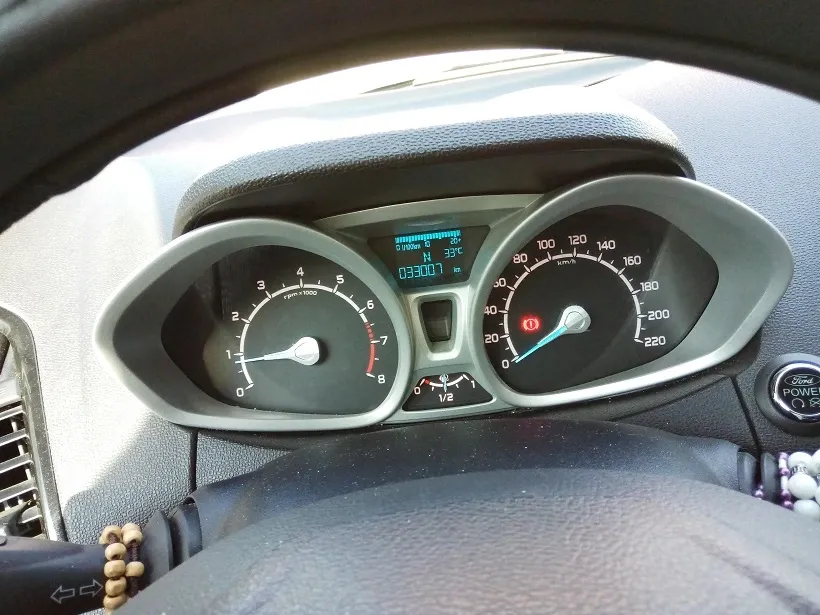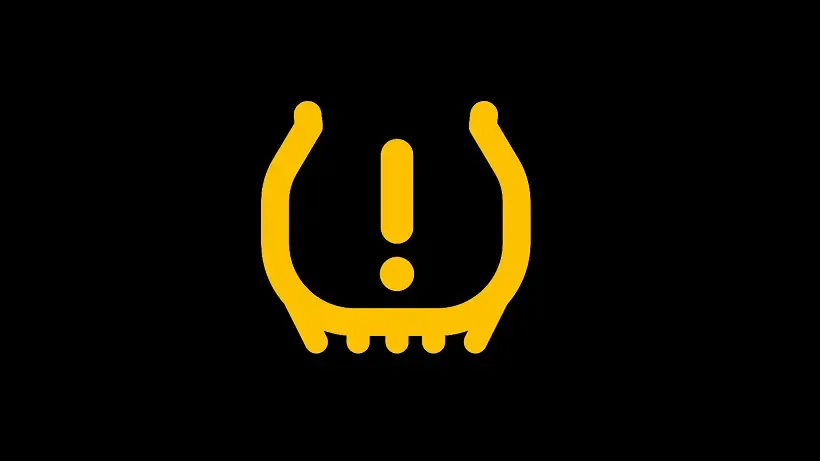Car maintenance can sometimes feel overwhelming, especially when unfamiliar terms like "wheel balancing" come into play. However, understanding essential maintenance tasks like wheel balancing can greatly improve your vehicle’s performance and extend the life of your tires. Whether you’re curious about what wheel balancing is, how often it should be done, or how much it costs, this comprehensive guide will provide all the details you need to keep your car running smoothly. We'll break down the concepts in simple terms to ensure that even those new to vehicle maintenance can easily follow along.
👉What is Wheel Balancing?
Wheel balancing is a crucial automotive service that ensures that the tires and wheels on your vehicle spin evenly and without causing vibration. Over time, small differences in weight distribution between the wheel and tire can occur, leading to imbalance. When this happens, you might notice uneven tire wear, poor handling, or a shaking steering wheel, especially when driving at high speeds.
The goal of wheel balancing is to distribute the weight evenly across all wheels. A properly balanced wheel helps your car operate smoothly, providing a safer and more comfortable driving experience.
👉How Does Wheel Balancing Work?
Wheel balancing is performed by placing the wheel and tire assembly on a specialized machine called a balancer. The machine spins the wheel at high speeds to determine if the weight is distributed evenly. If any imbalances are detected, small weights are added to the wheel’s rim to correct the uneven distribution. These weights are typically made of metal and are placed either on the inside or outside of the wheel, depending on the type of wheel and the method used.
There are two main types of wheel balancing methods:
1. Static Balancing: This type addresses imbalances on one point of the wheel. It ensures that the wheel does not bounce up and down.
2. Dynamic Balancing: This method addresses imbalances both vertically and horizontally. It ensures that the wheel does not wobble side to side or up and down.
Most modern vehicles use dynamic balancing for optimal performance and comfort.
👉Signs That Your Wheels Need Balancing
Identifying the need for wheel balancing is crucial to maintaining the overall health of your vehicle. Below are common symptoms of unbalanced wheels:
1. Vibrating Steering Wheel: One of the most common signs of unbalanced wheels is a vibrating steering wheel, especially at higher speeds. This is caused by uneven weight distribution and can make driving uncomfortable.
2. Uneven Tire Wear: If you notice that your tires are wearing down unevenly, this may be a sign that your wheels are out of balance. Unbalanced wheels put additional stress on certain parts of the tire, leading to premature wear.
3. Poor Handling: Unbalanced wheels can affect your car's handling, making it feel unstable or difficult to control, particularly when turning or at high speeds.
4. Increased Fuel Consumption: Unbalanced wheels can also reduce fuel efficiency. When the wheels are not balanced, the vehicle has to work harder, resulting in increased fuel consumption.
5. Noisy Ride: You may hear unusual noises coming from your tires if they are unbalanced. This could be due to uneven contact between the tire and the road, which can produce sounds like humming or thumping.
If you experience any of these symptoms, it’s time to have your wheels checked and balanced by a professional.
👉Why is Wheel Balancing Important?
Wheel balancing plays a significant role in your vehicle’s overall performance and safety. Here are several reasons why maintaining balanced wheels is critical:
1. Improved Ride Comfort: A balanced wheel ensures a smooth and vibration-free ride. This not only makes driving more comfortable but also reduces strain on your vehicle’s suspension components.
2. Increased Tire Lifespan: Balanced wheels prevent uneven tire wear, which can extend the lifespan of your tires. Unbalanced tires wear out faster, potentially leading to costly replacements.
3. Enhanced Fuel Efficiency: Properly balanced wheels help the vehicle move more efficiently, reducing fuel consumption. Unbalanced wheels can create drag, requiring more energy and fuel to maintain speed.
4. Better Handling and Stability: Balanced wheels provide better control, especially at higher speeds or when making sharp turns. This results in a safer driving experience, especially on highways.
5. Protection for Suspension and Steering Systems: Unbalanced wheels can cause additional stress on the suspension and steering components. Regular wheel balancing reduces the wear and tear on these systems, helping them last longer and function effectively.
👉Wheel Balancing vs. Wheel Alignment: What’s the Difference?
Many people confuse wheel balancing with wheel alignment, but these are two distinct services. Both are important for maintaining the health of your vehicle, but they address different issues.
• Wheel Balancing: As discussed, wheel balancing focuses on the even distribution of weight around the wheels to eliminate vibrations and ensure a smooth ride.• Wheel Alignment: Wheel alignment, on the other hand, adjusts the angles of the wheels to ensure they are parallel to each other and perpendicular to the ground. This service ensures that your car drives straight and doesn’t pull to one side.
Both services are essential, but wheel balancing is typically required more frequently than alignment, especially after hitting potholes or rough roads.
👉Wheel Balancing How Often Should It Be Done?
How often you should balance your wheels depends on several factors, including your driving habits and the condition of the roads you frequently travel. Here are some general guidelines to follow:
1. During Tire Rotation: A good rule of thumb is to have your wheels balanced every time you rotate your tires, typically every 5,000 to 7,000 miles. This ensures that your tires wear evenly and last longer.
2. When New Tires Are Installed: Anytime you get new tires, it’s essential to have them balanced to ensure smooth driving and prevent premature tire wear.
3. If You Notice Symptoms: If you experience any of the signs of unbalanced wheels (vibration, uneven tire wear, or poor handling), it’s a good idea to get your wheels balanced immediately.
4. After Impact: If you hit a pothole, curb, or other obstacles on the road, it may knock your wheels out of balance. In such cases, it’s wise to have your wheels checked and balanced to avoid further issues.
👉Wheel Balancing Cost
You might be wondering, "How much does a wheel balancing cost?" The cost of wheel balancing varies depending on your location, the type of vehicle you drive, and the specific shop you visit. However, here are some general estimates:
• Standard Cars: For most standard vehicles, the cost of wheel balancing is typically between $15 and $50 per tire. This price may include labor and the cost of any weights added to the wheels.• Luxury or Specialty Vehicles: For high-performance or luxury vehicles, the cost may be higher, ranging from $50 to $100 per tire.
• Package Deals: Some auto repair shops offer package deals for wheel balancing and tire rotation. This can be a more cost-effective option if you need both services.
👉Factors Affecting Wheel Balancing Cost
Several factors can influence how much wheel balancing costs:
1. Type of Vehicle: Larger vehicles like trucks and SUVs may require more labor and different equipment, increasing the cost.
2. Location: Prices can vary significantly based on your geographic location. Urban areas tend to have higher labor rates compared to rural regions.
3. Type of Balancing: Dynamic balancing, which is more precise and complex, can be more expensive than static balancing.
4. Service Provider: The cost may differ depending on whether you visit a dealership, a tire specialist, or a general repair shop. Dealerships and specialized shops often charge more than independent repair shops.
5. Additional Services: Some shops might offer additional services like tire rotation, alignment checks, or tire repair, which can affect the final cost.
👉How to Save on Wheel Balancing Costs
While wheel balancing is essential, it doesn't have to break the bank. Here are some tips to help you save money on this service:
1. Shop Around: Compare prices from different service providers to find the best deal. Many tire shops offer competitive pricing, so it’s worth taking the time to research.
2. Look for Promotions: Many shops run promotions or offer discounts on wheel balancing services. Keep an eye out for seasonal sales or package deals that include balancing and rotation.
3. Combine Services: Some shops offer discounted prices when you combine services like tire rotation, alignment, and balancing. Bundling these services can save you money in the long run.
4. Regular Maintenance: Preventive maintenance can reduce the frequency of wheel balancing. By keeping your tires properly inflated and rotating them regularly, you can avoid the need for frequent balancing.
💬Final Thoughts
Wheel balancing is an essential aspect of car maintenance that ensures smooth driving, prolongs tire life, and enhances overall vehicle performance. Whether you’re experiencing a vibrating steering wheel, uneven tire wear, or poor handling, getting your wheels balanced can resolve these issues and improve your driving experience.
The cost of wheel balancing is relatively affordable, typically ranging from $15 to $100 per tire, depending on various factors. Regular wheel balancing, especially when done during tire rotation or after installing new tires, can prevent more expensive repairs down the line.
By understanding what wheel balancing is, how often it should be done, and how much it costs, you can ensure that your vehicle remains in top condition, providing you with a safe and comfortable driving experience for years to come.
Want more videos all about auto?Subscribe to our YouTube channel👉Cartech Home






















